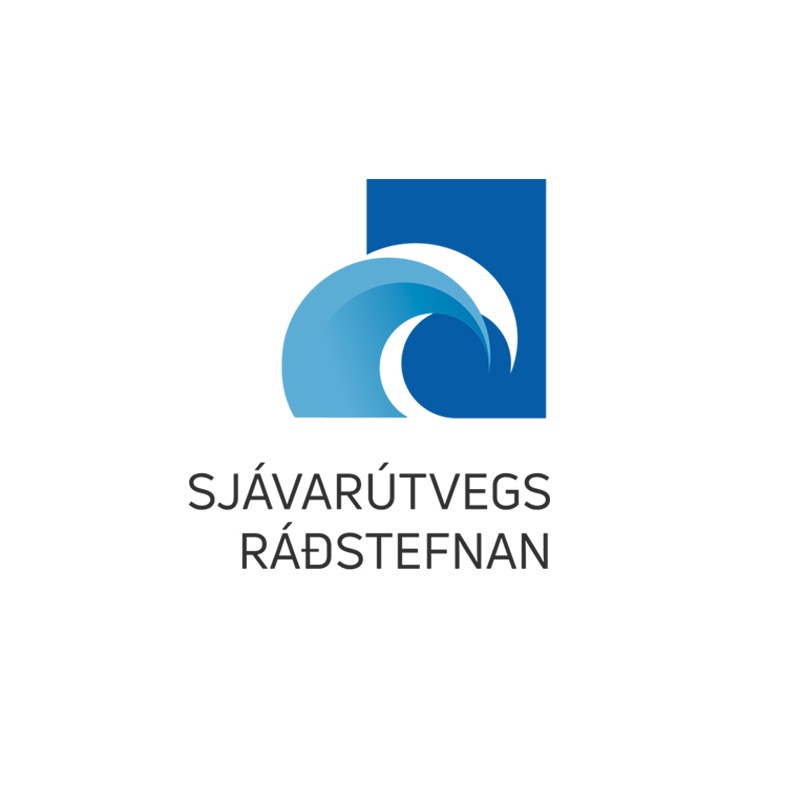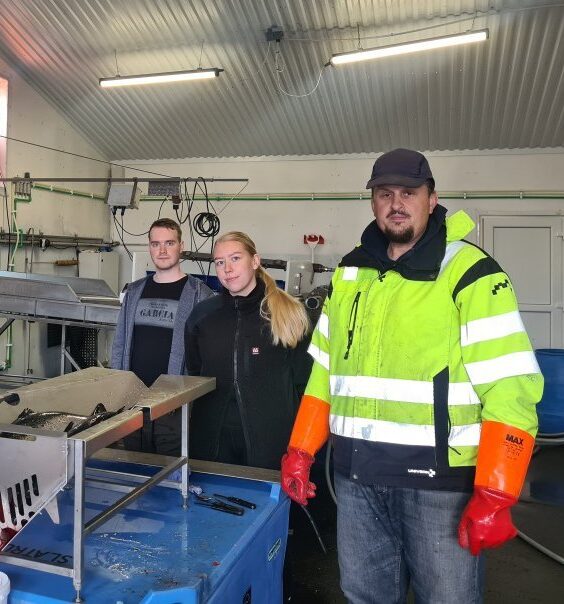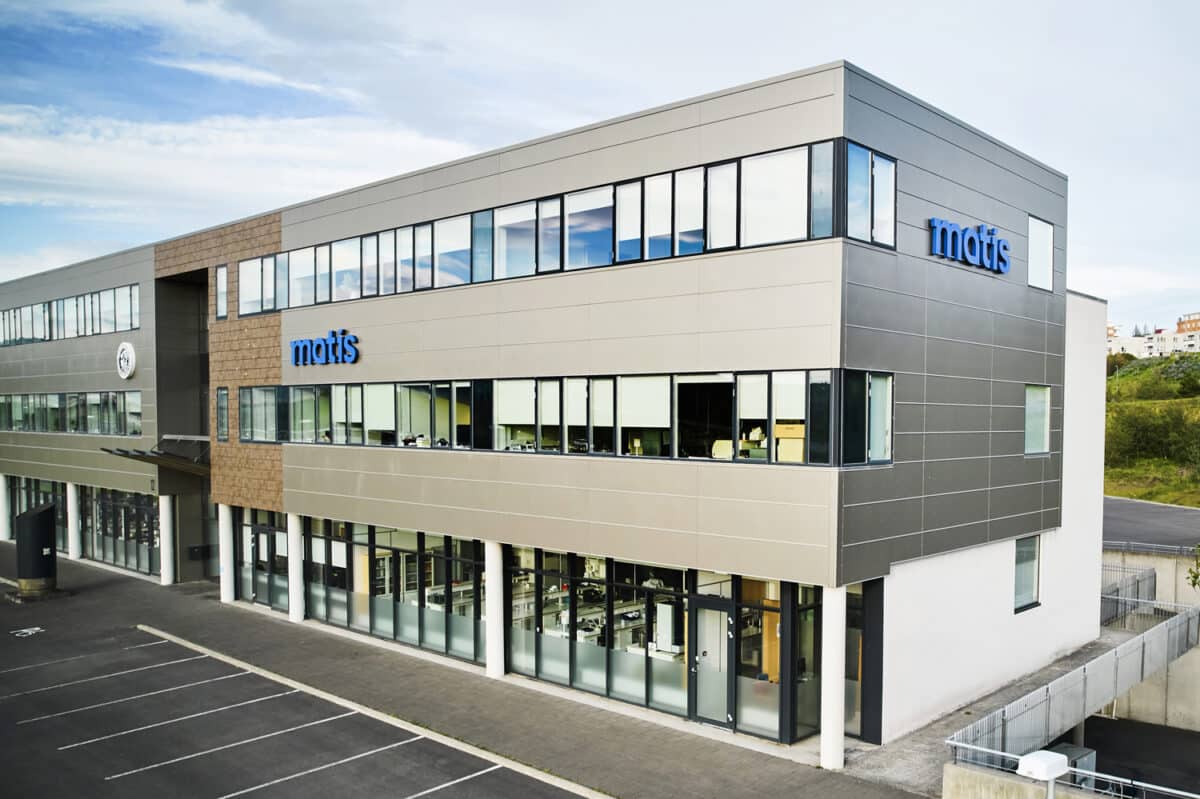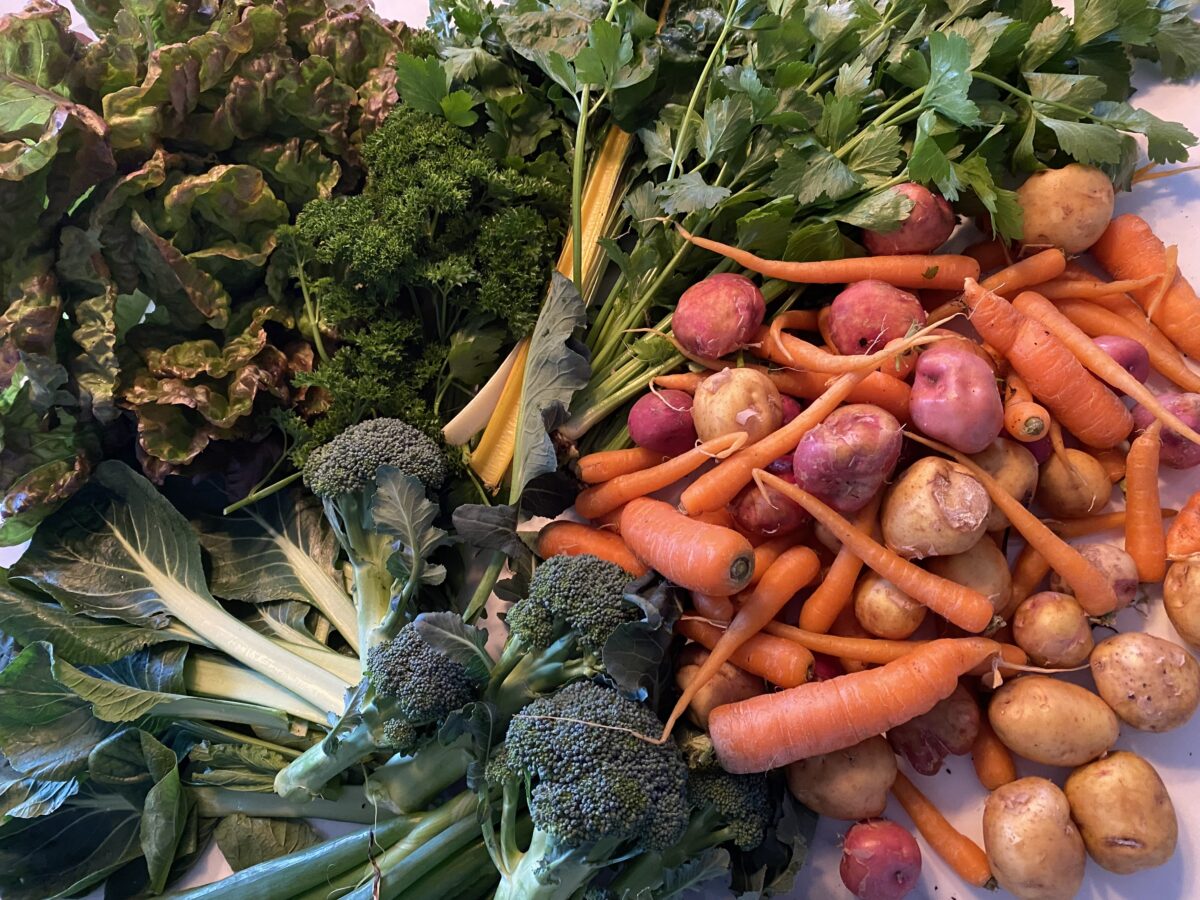Sjávarútvegsráðstefnan fer fram í tólfta sinn 2. og 3. nóvember næstkomandi í Hörpu. Sjávarútvegsráðstefnan er einn stærsti árlegi vettvangur allra sem starfa í sjávarútvegi.
Samfélagsleg ábyrgð í sjávarútvegi er yfirskrift Sjávarútvegsráðstefnunnar 2023 og þar hefur Matís ýmislegt til málanna að leggja. Starfsfólk Matís verður bæði með fjölbreytt erindi á ráðstefnunni og umsjón með málstofum.

Sæmundur Elíasson, verkefnastjóri hjá Matís mun flytja erindið ,,Framtíðarmöguleikar í frysti- og þíðingartækni sjávarfangs“. Þar mun hann fara yfir nýlega þróun í frysti- og þíðingartækni fyrir sjávarfang og áhrif á gæðaþætti hráefnis, s.s. vatnsheldni, áferð, TVB-N, lípíð og prótein. Fjallað verður um nýlega þróun á iðnaðarlausnum í frystingu og þíðingu sem felst m.a. í notkun háþrýstings, hljóðbylgja, rafsegulbylgja (t.d. útvarps- og örbylgjur), o.fl. Þessar mismunandi aðferðir geta nýst samhliða hefðbundnari frysti- og þíðingaraðferðum (s.s. loftblástur eða ídýfu í vökva) til þess að örva ferlið og ná fram auknum hraða og viðhalda betri gæðum.

Sigurjón Arason yfirverkfræðingur hjá Matís flytur erindið ,,Frysting fyrir og eftir dauðastirðnun“ og fjallar þar um kosti og galla þess að frysta sjávarafurðir eftir mislangan biðtíma. Einnig mun hann leggja mat á hvernig hægt er að tryggja varðveislu gæða í gegnum virðiskeðjuna frá slátrun til neytenda. Við frystingu sjávarafurða þarf að huga að ástandi hráefnis s.s. árstíma, meðhöndlun og dauðastirnun, frystitækni og þeirri aðferð sem notuð er, frostgeymslu og flutningum en mikilvægt er að huga að stöðugleika í ferlinu.

Hildur Inga Sveinsdóttir, verkefnastjóri hjá Matís mun flytja erindið ,,Hliðarstraumar eða hliðarhráefni: Nýting mismunandi strauma frá fiskvinnslu“. Við vinnslu sjávarafurða verða til ýmsir straumar sem hafa ólíka eiginleika. Mikilvægt er að líta þessa strauma alla sömu augum, þeir eru allir hráefni. Mismunandi tækifæri liggja í hverjum fyrir sig og í erindinu verður farið yfir niðurstöður rannsókna á eiginleikum þeirra ásamt því að rætt verður um nýtingarmöguleika þeirra með hámörkun gæða og virðis fyrir augum.

Guðmundur Óli Hreggviðsson stefnumótandi sérfræðingur hjá Matís flytur erindi um lífmassaver en það er fremur nýtt hugtak sem notað er til að skilgreina og lýsa vinnslustöðvum lífmassa. Þar er unnið að mestu leyti með vannýttur lífauðlindir, t.d þang og þara, afskurð og restar úr fiskiðnaði og landbúnaði, afskurð úr matvælaiðnaði, trjárækt og repjuræktun. Vörur lífmassavera eru sjaldnast matvæli, fremur verðmæt fæðubótarefni, lyfefni, verðmæt enfnasambönd fyrir efnaiðnaðinn, plastefni og lífeldneyti. Auk hefðbundinnna aðferða þá er beitt mikilvægum aðferðum líftækni, gerjunarlíffverum og ensímum.
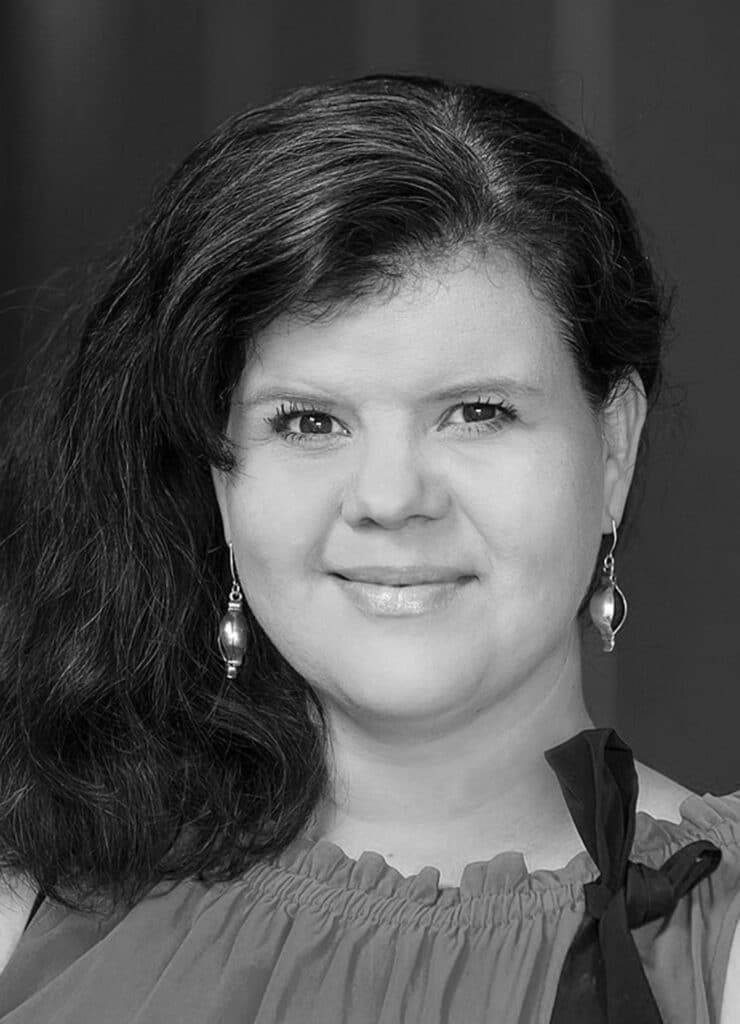
María Guðjónsdóttir, sérfræðingur hjá Matís mun flytja erindi um notkun ofurrófsmyndavélatækni í rannsóknum og sjávarútvegi. Ofurrófsmyndavélatækni hefur rutt sér rúms undanfarin ár innan matvælageirans vegna fjölbreyttra notkunarmöguleika tækninnar við gæðaeftirlit, rannsóknir og þróun. Ofurrófsmyndatæknin sameinar kosti ljósrofsmælitækni og myndvinnslu og hentar því sérlega vel til greiningar á hráefni og afurðum með sjálfvirkum hætti. Með tilkomu gervigreinar og flóknari myndvinnslulausna opnast aukin tækifæri til þróunar ofurrofsmyndatækni og aðlögun tækninnar að fjölbreyttum þörfum sjávariðnaðarins. Í erindinu verður aðferðarfræðin kynnt og helstu kostir og takmarkanir á tækninni ræddar út frá nýjustu vísindum. Einnig verða tekin dæmi um notkunarmöguleika tækninnar í sjávariðnaði, svo sem notkun við gæða- og gallagreiningar, ásamt því að ræða helstu rannsóknir seinustu ára og hvert tæknin kann að leiða okkur í framtíðinni.
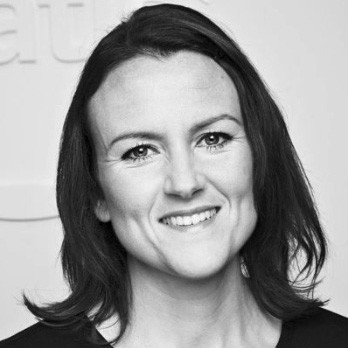
Kolbrún Sveinsdóttir verkefnastjóri hjá Matís mun svo flytja erindið ,,Þróun, áhrif og ímynd fiskneyslu“. Þar mun hún fjalla um þróun fiskneyslu í gegnum tíðina, áhrif hennar á heilsu fólks og breytingu á vitneskju í samhengi við aukna neyslu. Farið verður yfir breytingar á ímynd fiskneyslu sem hafa orðið þar á með auknum rannsóknum.
Anna Kristín Daníelsdóttir, aðstoðarforstjóri og rannsókna- og nýsköpunarstjóri Matís hefur umsjón með tveimur málstofum á ráðstefnunni, annars vegar málstofu um matvæla- og fæðuöryggi sjávarútvegs og hins vegar um hámörkun verðmæta við nýtingu sjávarlífvera þar sem bæði áskoranir og tækifæri verða tekin til greina.
Dagskrá Sjávarútvegsráðstefnunnar 2023 auk skráningarhlekks og frekari upplýsinga er aðgengileg á vefsíðu ráðstefnunnar hér:

